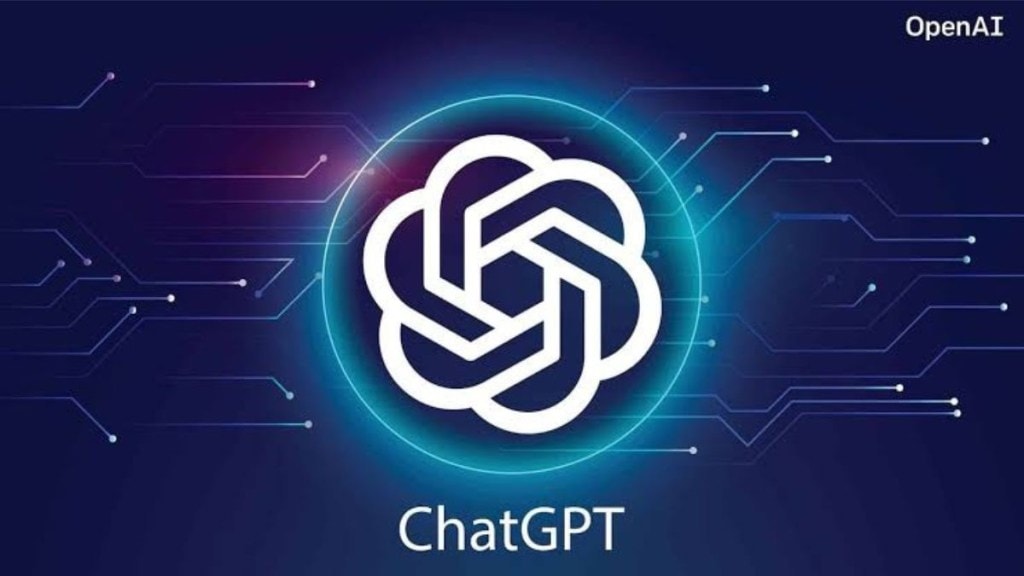OpenAI’s launch of the India-specific GPT-Go is a bold move to unlock the Indian market and a calculated bet on the country becoming the proving ground for scalable artificial intelligence (AI) deployment in other countries in the Global South. OpenAI’s playbook for its second-largest market, however, is not an original composition—rolling out a budget plan with clear advantages over the free tier and pricing has been a familiar model for many successful global companies operating in India. OpenAI’s reported talks with Jio to bundle ChatGPT access (much like Perplexity with Airtel) underline how global firms often rely on local partners to gain momentum. McDonald’s, for instance, entered India in 1996 and now runs over 444 outlets, posting 7% year-on-year revenue growth (Rs 660 crore) in the first quarter of FY26. After reducing its prices substantially, Netflix, which entered in 2016, saw India lead paid subscriber additions in Q2 FY24 and rank third globally for revenue growth.
Lessons from global companies in India
Not all bets, however, have paid off. Amazon Marketplace, in India since 2013, has recorded a decent rise in operating revenue, but reported losses of Rs 3,500 crore. Tata-Starbucks, launched in 2012, is now the country’s largest café chain, with steady revenues, even as losses widened 65% owing to aggressive expansion. Both companies though remain optimistic, viewing current losses as investments in long-term growth, to be realised as markets mature. Whichever route OpenAI takes, its expansion must rest on a principle common to all successful growth stories in India—catering to the consumer. McDonald’s did this with menus tailored to local tastes, Netflix through partnerships with Indian studios, and Amazon with offerings like Karigar and multilingual support to reach tier-II and -III cities. For OpenAI, beyond an affordable plan, this means building India-specific use cases, such as support for regional languages and tools for Indian businesses. The company seems to be on that route—it has already enabled payments through the Unified Payments Interface, and GPT-Go has been enhanced with Indic support.
India as AI’s proving ground
This also serves a wake-up call for India’s AI industry, still in its early stage, as it now faces direct competition from global players. However, promising signs include Sarvam AI, the first private start-up chosen under the IndiaAI Mission to build a sovereign foundational model, launching Sarvam-M, a 24-billion parameter multilingual large language model that reportedly rivals Meta’s Llama on reasoning and language tasks. Ola’s Krutrim has also been integrated into its ecosystem. Yet, despite their edge in multilingual support, both models have seen tepid developer response, underscoring the need to refine offerings to secure a durable advantage. India’s AI market is ripe for the taking. Around 93% of Indian consumers already use generative AI tools directly (such as ChatGPT or Claude) or indirectly through platforms with embedded features. The player that adapts fastest to these dynamics will not only capture India’s lucrative market but also gain a template to scale adoption in other fast-growing economies.
India provides the ideal test bed for product development with its user diversity, mobile-first orientation, and rapid feedback cycles that make it possible to fine-tune features before rolling them out globally. But the point to note is that the future of AI in India will not be won on pricing alone. It will be shaped by how well each platform adapts to Indian realities, from language to platform access to cultural context. In short, think global, act local.

